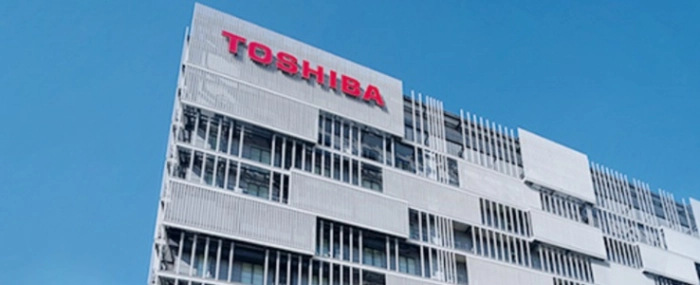
Toshiba develops tech to reduce losses in SiC trench MOSFETs, SiC SBDs
These advances are expected to greatly improve the reliability and efficiency of devices used in power conversion applications, such as electric vehicles and renewable energy systems.
Toshiba Electronic Devices & Storage Corporation has developed innovative technology that significantly reduces losses in silicon carbide (SiC) trench MOSFETs while enhancing UIS ruggedness. Additionally, Toshiba has developed SiC semi-super junction Schottky barrier diodes (SJ-SBDs) that suppress the increase in on-resistance at high temperatures.
These advances are expected to greatly improve the reliability and efficiency of devices used in power conversion applications, such as electric vehicles and renewable energy systems, Toshiba said in a media release.
SiC trench MOSFETs must protect the gate oxide from high electric fields. However, the relationship between UIS ruggedness and the grounding resistance of the electric field protection structure has not been clearly understood, making it difficult to achieve both high gate oxide reliability and low on-resistance.
In addition, although SiC SBDs can operate at higher temperatures than conventional Si SBDs, they must be able to handle increased resistance at elevated temperatures, which leads to higher on-resistance.
Toshiba has developed two key technologies to address these issues.
“Toshiba has confirmed that forming a protective layer called a Bottom p-well in the trench of SiC trench MOSFETs and making appropriate reductions in the grounding resistance of the Bottom p-well improves UIS ruggedness,” the company said in the media release. “This clarified the previously uncertain relationship between UIS ruggedness and the grounding resistance of the electric field protection structure. The SiC trench MOSFETs prototyped by Toshiba reduced on-resistance by approximately 20% compared to conventional planar SiC MOSFETs.”
Toshiba also developed SiC SJ-SBDs that reduce resistance in the drift layer by placing pillars within that suppress resistance increases at high temperatures. By comparing the on-resistance changes in conventional SiC SBDs and SiC SJ-SBDs at different temperatures, Toshiba confirmed the lower on-resistance of the SiC SJ-SBDs, especially at high temperatures. This is due to the SJ structure, which achieves a flat electric field distribution and reduce on-resistance. The 650V SiC SJ-SBDs developed by Toshiba reduces on-resistance by approximately 35% at high temperatures of 175°C (448.15K) compared to conventional SiC SBDs, the company said.
These two technologies further reduce loss in SiC trench MOSFETs and SiC SBDs, improving the reliability and efficiency of devices for use in future high-efficiency power conversion applications.

